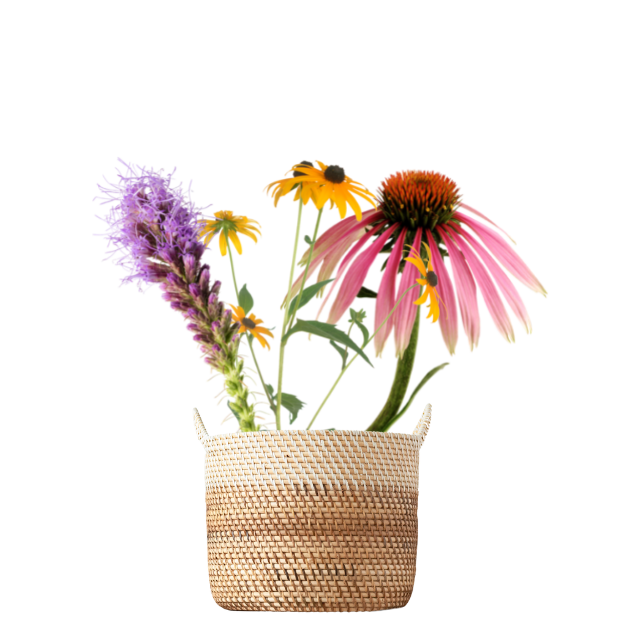|
The Ohio State University's Department of Plant Pathology put together the following pdfs of the most popular Ohio native wildflowers to grow.
Black-eyed Susan (pdf) | Blue Wild Indigo (pdf) | Butterfly Weed (pdf) | Button Blazing Star (pdf) |
Cardinal Flower (pdf) | Common Milkweed (pdf) | Tall Ironweed (pdf) | Jacob's Ladder (pdf) |
New England Aster (pdf) | Purple Coneflower (pdf) | Rose Milkweed (pdf) | Royal Catchfly (pdf) |
Wild Strawberry (pdf) |
The Ohio Department of Natural Resources (ODNR) has lists of Ohio Native Plants that are great for homeowners. |
A List of Plants Growing in the Heritage Garden at the Ohio Governor’s ResidenceBelow is a link to a wonderful list of 231 native plants found in Ohio! This list was recently compiled by Hope Taft and Debra Knapke (Jan 20, 2020) and is based on Robert Henn's book, Wildflowers of Ohio. Hope and Debra expanded Henn’s list to include many of the native plant species found in the Heritage Garden at the Ohio Governor's Residence (see bottom of this list for sources and references). This list is not intended to include all of Ohio’s almost 1900 native plants. Hope and Debra’s list is excellent for Ohio gardeners interested in adding native plants to their gardens and learning more about these plants. Some of the species listed are a bit weedier, but are included because they support wildlife. Some are threatened species and may require very specific growing conditions to grow them successfully. The spreadsheet includes Common Names, Scientific Names, Plant Family, Bloom Time, Habitat (growing conditions and other information), Flower Color, Location in the Heritage Garden, and the Pollinators & Likely Pollinators that will be attracted to the plant. It is an EXCELLENT list! |
 Ohio Native Plants
Ohio Native Plants